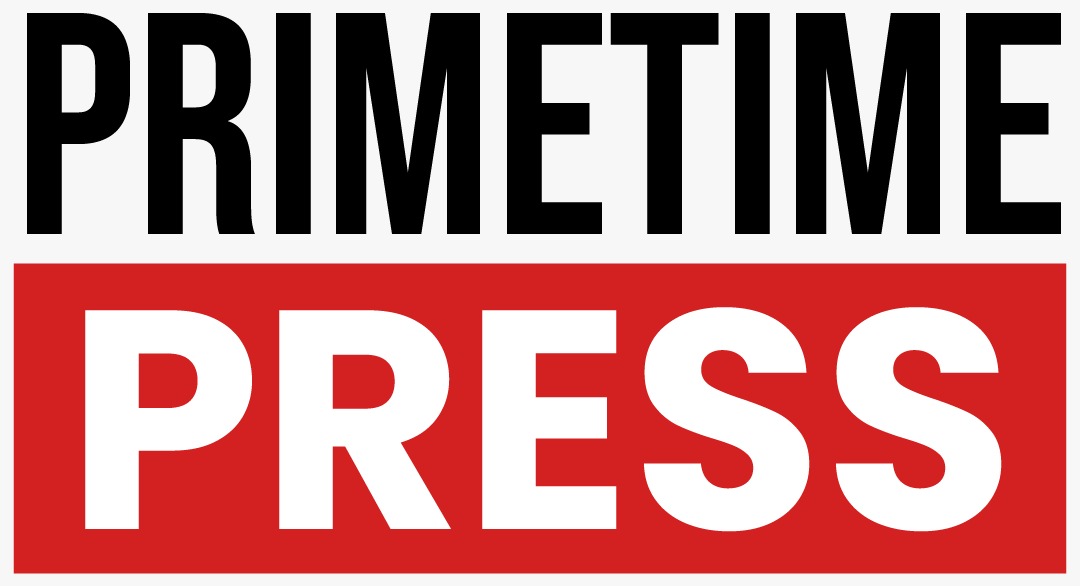Major U.S. and Japanese corporations have issued public endorsements of the newly finalized U.S.–Japan trade agreement, signaling a surge in confidence across both economies. Under the deal announced on July 23, 2025, the U.S. will reduce tariffs on Japanese imports including autos and auto parts to 15%, down from the previously threatened 25%, while Japan opens market access for American vehicles, rice, and agricultural goods
Japanese firms are accelerating expansion in the U.S., especially in infrastructure and energy sectors. At the same time, U.S. companies are poised to secure deeper market penetration in Japan, particularly as barriers ease for agricultural and automobile exports. Business sentiments are buoyed with analysts projecting momentum to extend into emerging technology and clean energy collaborations
The deal also includes a sweeping $550 billion Japanese investment into the U.S., earmarked for strategic industries such as semiconductors, AI, and energy. Some critics have likened this to a de facto sovereign wealth fund subject to U.S. oversight, though Tokyo disputes that interpretation, insisting on a more proportional risk-and-reward arrangement
Financial markets responded positively. Japanese automaker stocks surged—Toyota up by 14% and Honda by 11%—and even U.S. automakers saw gains despite their disapproval, with GM, Stellantis, and Ford rising 8%, 9%, and 1.7% respectively. Asian markets broadly rose as investor sentiment improved in light of trade clarity
Bank of Japan Deputy Governor Shinichi Uchida confirmed that the trade deal is a significant step toward reducing corporate uncertainty nationwide, though he cautioned that economic risks persist and will be monitored closely in upcoming policy outlooks
Japanese automakers like Toyota and Honda are speeding up U.S. investments, while U.S. firms expect improved access to Japan’s agricultural sector and auto market. The removal of volume limits on Japanese auto exports was a particularly notable concession.
Read Also: https://primetimepress.com/stocks-rise-on-trade-optimism-mixed-corporate-results-shake-markets/
Japanese corporations are ramping up U.S. infrastructure involvement, including discussions around joint LNG ventures in Alaska. U.S. energy firms stand to benefit from Japan’s 2025 Strategic Energy Plan, which highlights LNG and new civil nuclear projects—opening doors for foreign participation
Analysts foresee the trade deal catalyzing partnerships in emerging tech and clean energy. Initiatives around hydrogen energy, offshore wind, critical minerals, and semiconductor supply chains are already underway via bilateral frameworks such as CEESI and the Critical Minerals Agreement
Trade analysts describe the agreement as a pivotal shift in Trans-Pacific commerce, providing clarity ahead of other potential U.S. deals with the EU, South Korea, and more before the August 1 tariff deadline. While economists praised the deal for infusing market confidence, others argue that the 15% tariff remains high compared to earlier, lower levels—raising concerns for long-term competitiveness of U.S. auto exports
The Financial Times noted discrepancies between the U.S. portrayal of the investment framework and Japan’s, which denied certain profit-sharing or binding commitments were agreed upon
The agreement represents a recalibration of trade parameters with one of America’s largest economic partners. It aligns with broader U.S. aims to diversify supply chains and diminish reliance on geopolitical rivals, especially in semiconductors, critical minerals, and clean energy components
The trade framework complements existing U.S.–Japan energy dialogues such as the Clean Energy and Energy Security Initiative, reinforcing progress toward deploying hydrogen, offshore wind, nuclear, and energy-efficiency technologies
The market’s positive reaction—including rallies in the Nikkei, U.S. indices, and Japanese auto stocks—reflects broader expectations that the deal may anchor further bilateral or multilateral agreements before the August tariff escalation
With corporate optimism rising and legal clarification pending on the investment structure, the deal is already reshaping U.S.–Japan economic engagement. Analysts foresee follow-up cooperation in technology, energy, and infrastructure, though unresolved disputes over transparency and enforceability mean trade-watchers remain cautious
As both Washington and Tokyo roll out detailed implementation schedules and sectoral collaborations, the agreement’s success will hinge on translating headline pledges into tangible business collaboration across emerging tech, climate-smart infrastructure, and domestic industry growth
Overall, the trade deal has generated a rare bipartisan cheer from industry leaders, especially those tied to future-oriented sectors—suggesting that this moment could catalyze a deeper U.S.–Japan economic renaissance.

